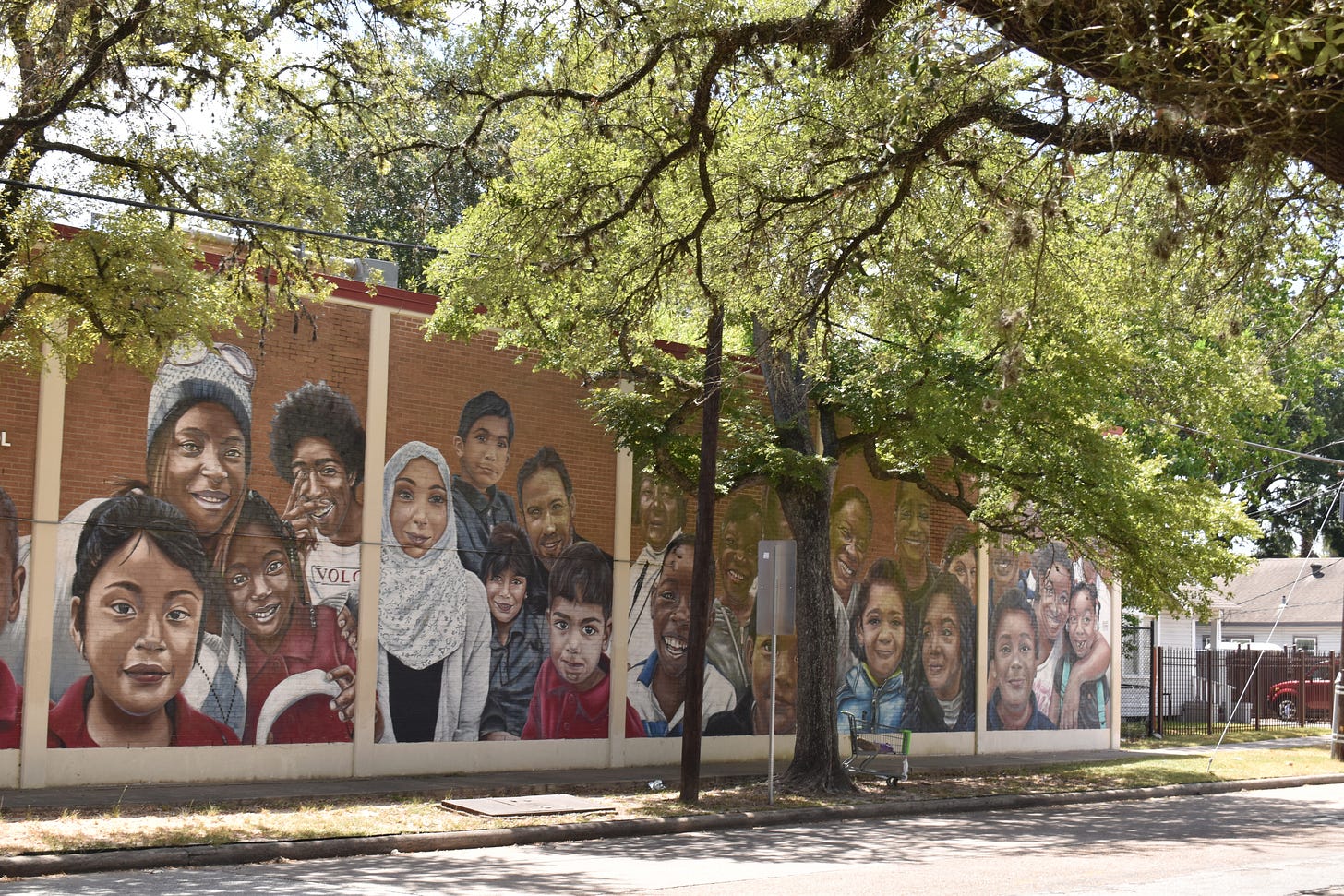Texas Education Shows Promise Despite Lower Spending, New Federal Reserve Analysis Reveals
The Lone Star State's schools outperform national averages when demographic factors are taken into account
Texas public schools are performing better than raw test scores suggest, with the state ranking among the top 10 nationally when student demographics are factored into academic assessments, according to a comprehensive new analysis from the Federal Reserve Bank of Dallas released Thursday.
The report challenges conventional wisdom about Texas education, revealing that while the state spends 26% less per student than the national average, its K-12 schools deliver superior results when adjusted for the unique characteristics of Texas's diverse student population.
Hidden Strengths Behind the Numbers
When standardized test scores are adjusted for factors such as student race, ethnicity, English proficiency, and economic status, Texas moves from a middling national ranking to an impressive position. Fourth-grade reading scores climb from 38th to 9th place nationally, while eighth-grade reading performance leaps from 44th to 10th place, the Dallas Fed analysis shows.
"After these adjustments, which allow for a demographically consistent comparison across states, the quality of Texas's schools appears substantially better," the report states.
The demographic adjustments are crucial given Texas's distinctive population makeup. The state enrolls more than 5.5 million children in public K-12 schools, with about 22% of working-age residents being immigrants compared to 17% nationally. Notably, 30% of prime-age immigrants in Texas lack a high school diploma, which is significantly higher than the 21% rate for immigrants in other states.
Spending Disparity Persists Despite Recent Gains
Texas allocated approximately $12,300 per pupil in 2023, ranking as the 10th worst among all states for education spending. By comparison, New York spent nearly $30,000 per student—almost 2.5 times Texas' investment.
However, the spending picture is improving. Real education expenditures have increased about 10% over the past decade, outpacing inflation. The 2025 Texas Legislature approved additional funding that is expected to boost per-pupil spending over the next two years, although potential federal cuts could offset some of these gains.
"Despite relatively low spending in Texas, public expenditures have risen faster than inflation," the Federal Reserve analysis noted.
High School Success Contrasts with College Struggles
Texas demonstrates remarkable success in high school completion, with nearly 90% of students graduating—a rate that surpasses the national average. The achievement spans demographic groups, with Black Texas students graduating at rates comparable to the statewide average and higher than Black students nationally.
However, the state faces significant challenges in higher education completion. Texas's six-year college graduation rate stands at 59%, four percentage points below the national average. The gap is particularly pronounced among traditionally underserved communities, with only 54% of Hispanic students and 42% of Black students completing four-year degrees within six years, compared to 66% of non-Hispanic white students.
Economic Opportunities Create Educational Trade-offs
The state's robust job market may inadvertently impact college completion rates. Texas's fast-growing economy offers abundant, well-paying opportunities in energy, manufacturing, and construction sectors, providing alternative career pathways that may draw students away from completing degrees.
Research indicates that students who come of age during energy booms, when wages rise sharply, are 1-2 percentage points less likely to earn college degrees than similar students not exposed to such economic conditions.
Strategic Vision for Educational Enhancement
Recognizing these challenges, the Texas Higher Education Coordinating Board has established an ambitious goal through its 60x30TX plan: achieving 60% postsecondary certificate or degree attainment among residents aged 25-34 by 2030. The initiative emphasizes higher completion rates, the development of marketable skills, and limitations on student debt.
"Investing in the education of the future workforce has broad implications for sustaining economic prosperity and boosting economic growth," the Dallas Fed report emphasizes. The analysis notes that education develops human capital, which is correlated with higher productivity, resulting in increased income, longevity, and improved health outcomes.
Balancing Growth and Educational Investment
As Texas continues attracting both international and domestic migrants, the state faces ongoing pressure to enhance educational outcomes while managing demographic complexities. The Federal Reserve analysis suggests that, with proper investment and policy focus, Texas already has the foundation for academic excellence in place.
The report's findings offer a more nuanced perspective on Texas education than traditional metrics suggest, suggesting that targeted investments in college completion and ongoing K-12 improvements could position the state as a national leader in education. With recent legislative commitments to increased funding and strategic planning through 2030, Texas appears poised to address its educational challenges while building on existing strengths.



